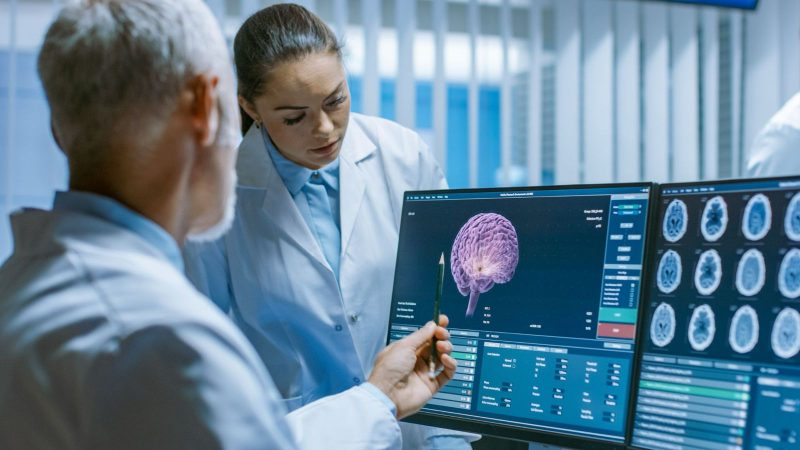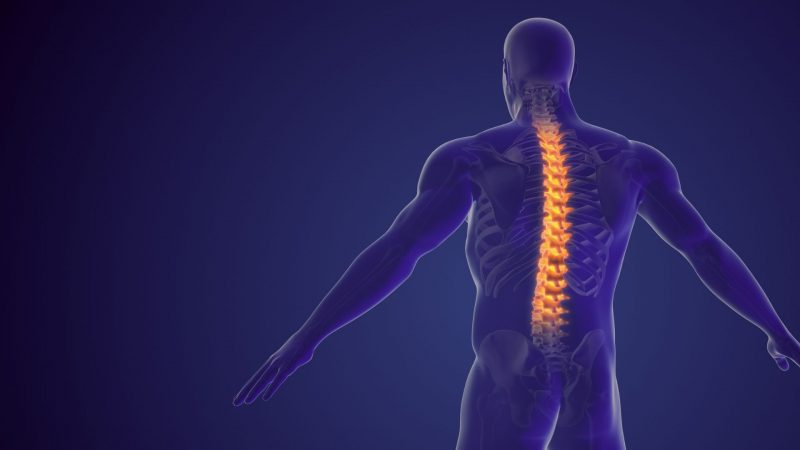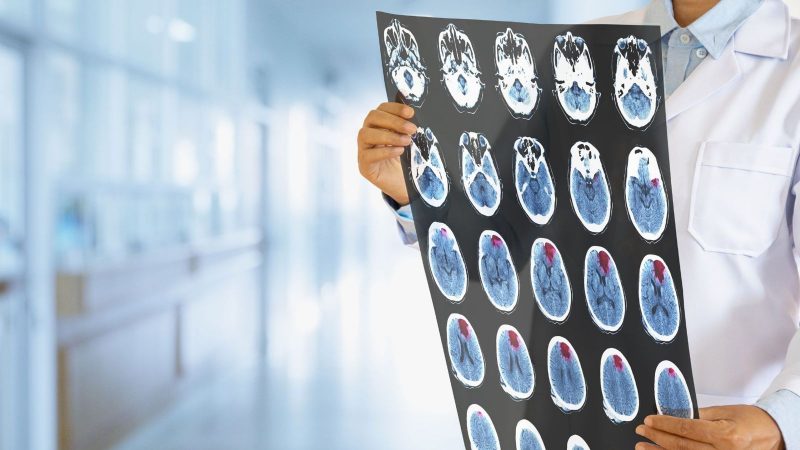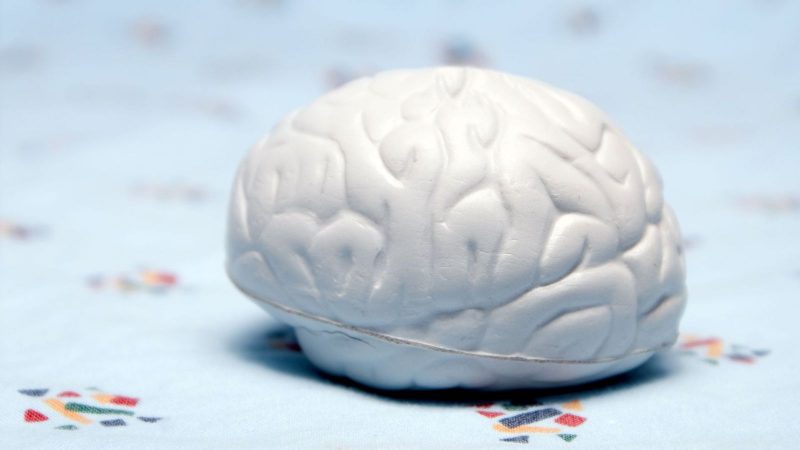Spinal Cord Injury (SCI)
The spinal cord is the most crucial and delicate part of our nervous system. It consists of a cluster of sensory nerves, which are responsible for sending messages from the brain to other parts of the body and vice versa, and hence play an important role in the movement and autonomic and sensory functions of the body. Thus, any damage or injury to the spinal cord can have atrocious and drastic impacts on one’s life. Along with physical damage, it drains the person both emotionally and mentally as well. Every year, approximately 2-5 lakh people suffer from spinal cord injuries, according to WHO estimates. In India, the total number of spinal cord injuries is estimated at 15 lakhs, with an increase of 20,000 cases per year.
Causes of spinal cord Injury
The primary cause of spinal cord injury is attributed to accidents or trauma mainly caused by vehicles, falling from a significant height, violent attacks such as stabbings or gunshots, diving into shallow water, injuries while playing any sport or doing any adventurous activity without appropriate safety gear, as well as drinking alcohol while driving. Diseases such as cancer, arthritis, osteoporosis, and inflammation of the spinal cord can also lead to this type of injury.
Risk Factors
Although accidents or trauma are major factors, there are other factors that may predispose you to a higher risk of sustaining a spinal cord injury, which includes:
- People with smaller spinal cords
- Excessive drinking habits
- Presence of a bone disorder
- Performing or engaging in risky activities or behaviours
Types of spinal cord injuries
Spinal cord injuries are broadly categorized into two sections: firstly, on the basis of the degree of severity of the injury, and secondly, the part of the body affected by it.
SCI is classified into two types based on the severity of the injury:
- Complete:
It is the most serious type of injury, resulting in total loss of movement and sensation below the level of injury. - Incomplete:
In this case, the injury is less severe and hence leads to a partial loss of sensation or movement.
On the basis of the affected part, SCI is of three types:
- Tetraplegia or Quadriplegia:
It is the most drastic type of spinal cord injury. It is a condition in which all the sensory and autonomic functions and movements are completely lost below the neck. - Paraplegia:
It is the condition in which the movement and sensations of the legs and lower parts of the body are lost. - Triplegia:
It is the condition in which the movement and sensory functions of one arm and both legs are lost. It usually occurs in cases of incomplete spinal cord injuries.
A spinal concussion is another type of spinal cord injury. It is a condition in which the spinal cord becomes temporarily dysfunctional because of injury or trauma. However, it usually cures within a day or two. Football players are more prone to this kind of injury, being frequent victims of spinal concussions.
Signs and symptoms
As spinal cord injuries vary in type, degree, and severity, so do their symptoms. However, some of the common symptoms that are suggestive or indicative of a spinal cord injury include the following:
- Refractory bladder or bowel movements
- Extreme pain or pressure in the neck, head, and back
- Unusual lumps on the head or spine
- Tingling or loss of sensation in the hands, fingers, feet, or toes
- Pain and weakness in the legs
- Difficulty in balancing while walking
- Impaired breathing after injury
- Changes in sexual functions, sexual sensitivity, and fertility
- Exaggerated muscle movements or spasms
If you notice any of these symptoms, you should seek medical or professional help right away at a nearby hospital or healthcare specialty.
Diagnostic Procedures
As the symptoms of a spinal cord injury are dilatory in nature, immediate medical help and diagnostic procedures are required to identify the problem and its extent. These include the basic assessment of pulse rate, breathing rate monitoring, heart rate, and a complete medical analysis to identify the area of concern. After ensuring that the patient is stable, various imaging tests are done to identify and confirm the condition and severity of the injury in the spine and look for blood clots, herniated discs, or other masses that could be compressing the spinal cord. The most common tests include:
- MRI
- CT scan
- X-ray
- Blood Test
Treatment
Treatment and diagnosis of the spinal cord injury work simultaneously and begin at the scene of the accident itself. The paramedics, after stabilizing the patient, immobilize the entire spinal area with the help of neck collars to prevent further injury to the spine. Then, the patient is admitted to the Intensive Care Unit (ICU), where various tests and examinations are done to find the exact nature and site of the injury.
In most cases, traction is done to align the spine, accompanied by various other standard care procedures such as blood pressure and cardiovascular monitoring, stabilizing pulmonary function, and preventing and simultaneously treating any other complications arising from the situation. After diagnosing the extent or severity of the injury, the neurologists decide whether to perform the surgery or not. Though surgeries do not fully cure the patient, they minimize the danger of future complications and pain. Surgery is mostly done in cases of blood clots, herniated discs, or other concussions that could be compressing the spine. It is mostly done in cases of incomplete SCIs.
Though in most cases, whether it is a complete or incomplete type of SCI, full recovery is impossible, some patients might be able to control at least bowel or bladder functions and, in some cases, might find movement in some body parts. This is usually done through rehabilitation, which includes physical therapy, occupational therapy, and counselling for emotional support. As suffering from SCI is quite traumatic and depressing, these supportive treatments and care are essential for regaining some track in their lost lives.
However, medical procedures are not of much help in the case of SCIs; therefore, various artificial aids and treatments are recommended by doctors for the patients to perform their day-to-day activities, such as automatic wheelchairs that help with locomotion, various devices that could be controlled by voice, electrical stimulation devices that help in the functioning of limbs, etc., thus making life less challenging.
For immediate help in Ghaziabad and Delhi NCR with spinal cord injury cases, book an appointment at Yashoda Hospital & Research Centre, Nehru Nagar, Ghaziabad, with its experienced and prominent team of neurologists and physiotherapists such as Dr. Rajeev Agarwal and Dr. Puneet Malik, is the best.




